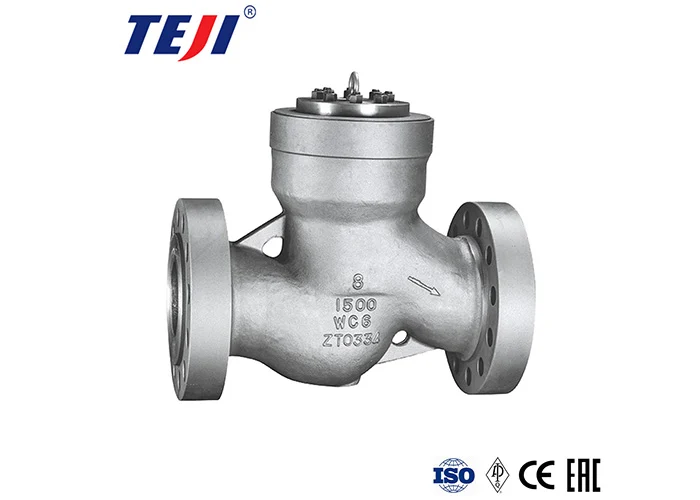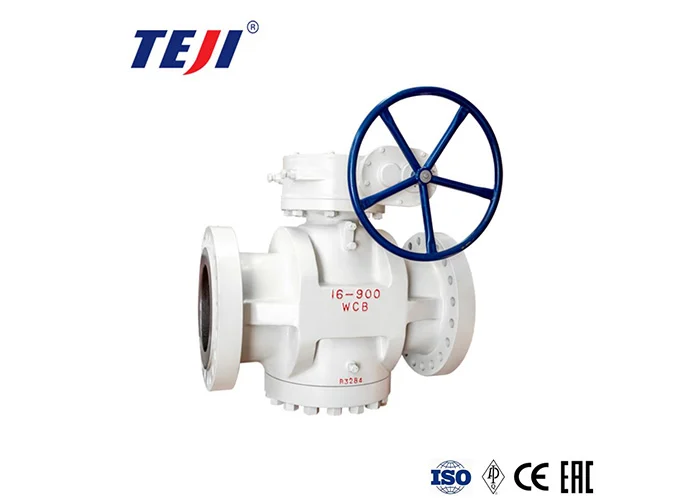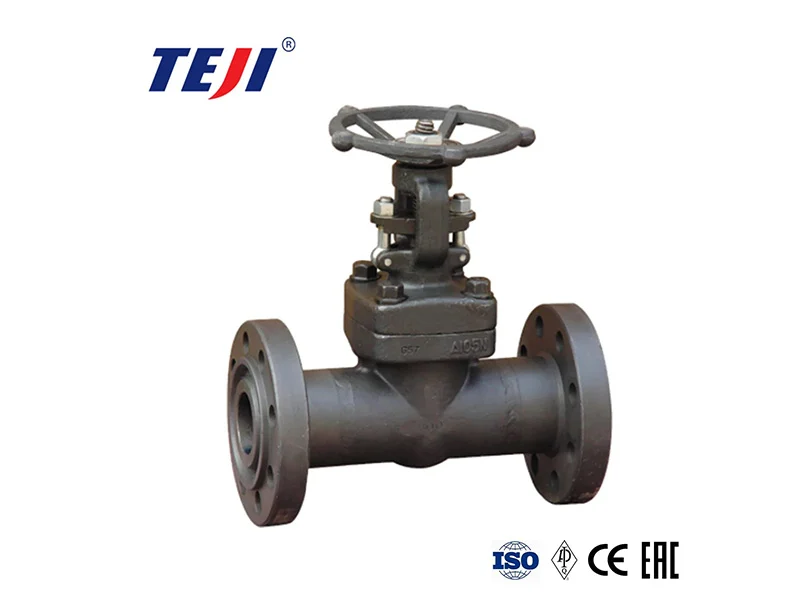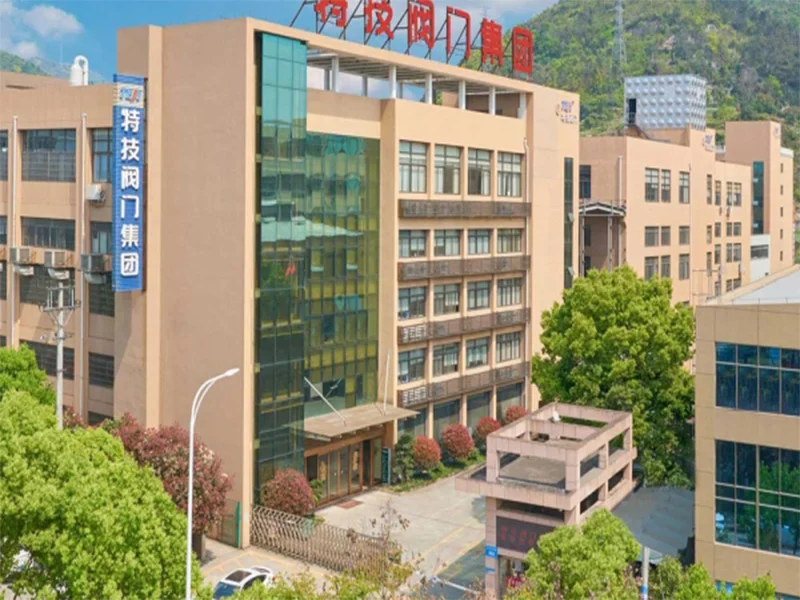A Hydraulic control valve is a fitting installed on a pipe to control the flow of water. Hydraulic control valves are installed on pipes to maintain or temporarily stop the flow of water. There are many types of industrial and residential water control valves; their sizes and designs vary, and their uses also vary.
Residential valves are the most common, used to circulate and control the flow of water throughout a building. On the other hand, in industrial settings, valves control the flow of various liquids and gases throughout various facilities.
Hydraulic control valves play another important role in commercial and residential settings; they prevent backflow and help regulate water supply pressure.
Classification of Hydraulic control valves
Hydraulic control valves are very common in our daily lives. They can be found in kitchen sinks, water heaters, washing machines, and even toilets and shower heads in bathrooms. Hydraulic control valves are classified into different types based on their different uses.
Gate Valves

Gate valves are widely used in larger diameter pipes. Their closing principle is that the sealing surfaces of the gate disc and the valve seat are highly smooth, flat, and even, fitting together to prevent the flow of the medium. Their main components include the valve body, bonnet, gate disc, and valve stem. Suitable for use in pipeline systems in industries such as petroleum, chemical, power, and water supply and drainage, these valves are used to block and regulate the flow of media.
Check Valve

Check valves, also known as one-way valves, control water flow in only one direction. They are automatic valves that automatically open and close their discs based on the flow of the medium, preventing backflow. For those seeking to mitigate backflow, check valves are the most convenient solution. They are commonly used in pump outlets, high-rise building water supply networks, and industrial pipelines.
Control Valve
Control valves are key components of industrial automation process control, responding to control signals to change parameters such as flow rate, pressure, and temperature. They consist of an actuator and a valve body. They are categorized by drive mode as pneumatic, electric, or hydraulic, and by structural features as linear or quarter-turn control valves. Control valves offer high precision, excellent reliability, and strong adaptability, making them widely used in industries such as chemical, petroleum, and power.
Plug Valve

The name “plug valve” comes from the tapered plug installed inside the valve, which controls whether water flow is stopped or continued. The opening and closing element of a plug valve is a plug body with a through hole that rotates with the valve stem. When the opening on the plug body aligns with the opening on the valve body, the valve opens; when the openings are offset by 90 degrees, the valve closes. Plug valves are only used to control the flow of fluids and are not suitable for controlling the flow of gases.
Basic Hydraulic control valve Maintenance
Daily Cleaning
Regularly clean the exterior of the Hydraulic control valve to remove dust, oil, rust, and other impurities using a clean, soft cloth or brush. Stubborn stains may be removed with an appropriate detergent, but be careful not to corrode the valve material. Also, clean the nameplate to ensure legibility.
Lubrication and Maintenance
Maintain good lubrication on the valve’s trapezoidal threads, nuts, meshing, and moving parts to prevent rust and seizure. Molybdenum disulfide can be injected into areas such as the external threads. Use a lubricant suitable for the valve material and operating conditions.
Component Inspection
Inspect the valve body, bonnet, and flanges for cracks, deformation, or damage. Check for loose, falling, or corroded bolts at the joints. Address any issues promptly. Also check that all valve components are complete and intact, that the packing press is properly tightened, and that missing parts are replaced promptly. In addition to the maintenance methods mentioned above, valve storage also requires careful consideration. If the valve is not in use for an extended period, it should be stored in a dry, well-ventilated room with both ends sealed to prevent the ingress of dust and debris.
Summary
This is a brief analysis of Hydraulic control valves. If you would like to learn more or are interested in purchasing high-quality valves, please choose TEJI.




